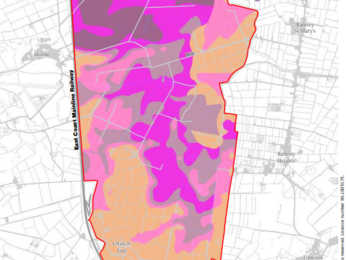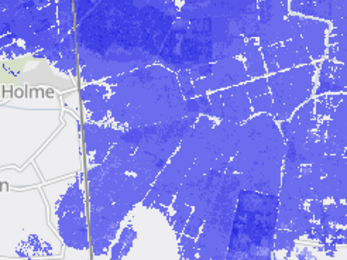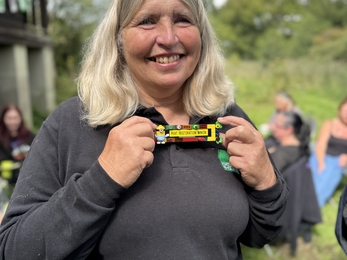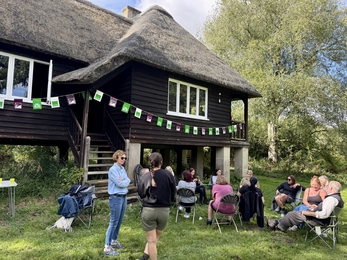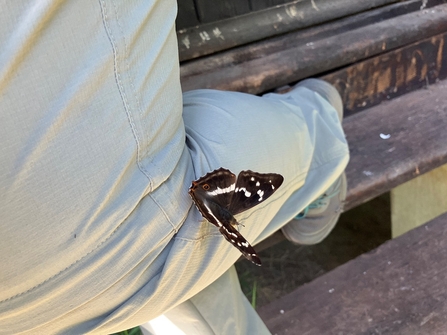I was recently talking to a local farmer, who farms near the Holme Fen Posts. Discussing his soil height, he noted that in his lifetime of nearly 60 years, some fields have lost 6ft of peat. This staggering observation even surpasses the measurement we commonly use in warning of the impacts of agriculture and drainage.
I have worked with Professor Ian Holman from Cranfield University for many years. Back in 2009 and 2011 he produced reports estimating typical peat wastage rates of 2.1cm per year for intensive arable drained soil. This is the figure you'll hear many of us quoting almost daily. My farmer friend thinks that with this warm dry summer, he could have peat wastage up to 4cm a year. He knows farming practices must change on the remaining peat.
Arable cropping on many areas of deep peat was only started in the Second World War as the UK government launched the "big plough-up" to deliver food self-sufficiency. It's frightening therefore, how quickly peaty soils are disappearing in the fens. It is difficult to estimate how much is left; Prof. Holman estimates little as 8,000ha.
In the Great Fen Masterplan, a peat depth map is included, using data from the early 1970s. Vast tracts of Holme Fen are shown on peat 4m deep. However, even as the masterplan was published in 2010, it was noted the local levels were more like 2-3m by that point. Soberingly, the new England Peat Map from Natural England has recorded levels of just 1.6-2m at Holme Fen now, as high as 2.6m at Woodwalton Fen but also as low as 1m, and as depressingly low as 0.4/0.5m in the surrounding farmland.
If we have lost 2m of peat from Holme Fen in the last 50 years, then the farmer's estimation of 4cm loss per year seems pretty spot on. It is a matter of urgency that policy and action unite to protect and restore valuable peatlands.

